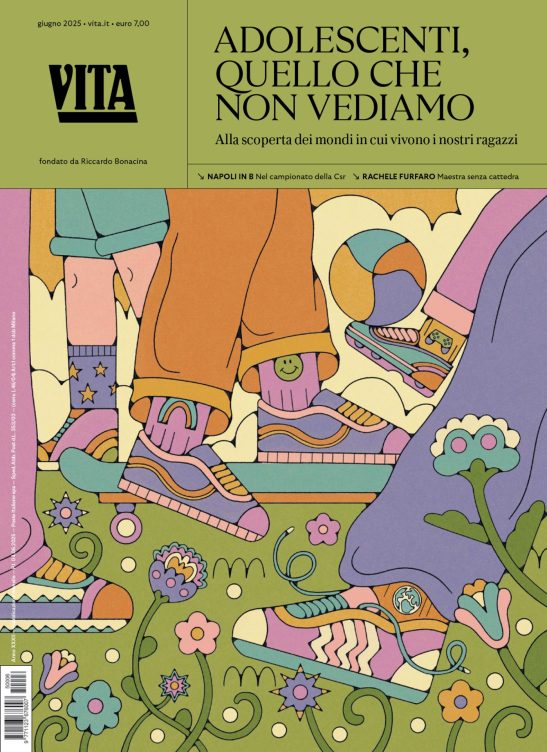Cultura
Latvia: School may be spark for Latvians in Ireland
Irelands first Latvian school opened May 29 in the Evangelical Lutheran Church of Ireland in the capital city of Dublin.
Thousands of Latvians?perhaps 20,000 and growing?are now living and working in Ireland. Despite the astonishing number, Ireland has no “latvie_u biedr_ba”, no Latvian society, and seemingly little structure to social and cultural life. But that could be about to change.
Ireland?s first Latvian school opened May 29 in the Evangelical Lutheran Church of Ireland in the capital city of Dublin. The school, which initially will meet once a month, could spark greater interest in forming a Latvian society.
Irish government statistics say about 2,300 Latvians live and work in the country. Ivars Lasis, the first secretary in the Embassy of Latvia in Dublin, puts the number at almost 10 times as many, and says more are coming every day.
?In principle, all of Ireland is scattered with Latvians,? Lasis said. Many are in Dublin, but they also are found in the southern city of Cork, in the northern city of Donegal and throughout the countryside.
Before Latvia regained independence, Ireland never had a strong Latvian community. It was not a favored destination for the Displaced Persons after World War II. Even the Old Latvians who for economic and political reasons left their homeland in the late 19th and early 20th centuries, avoided the Emerald Isle
Whereas new immigrants to countries such as the United States and Canada often find Latvian community life to be quite advanced, those in Ireland are starting from scratch. ?We have this idea that there ought to be a (Latvian) society,? Lasis said. ?The school is the first step.?
The school is scheduled to meet next on June 26. Anyone interested in the school should contact the embassy by telephone at +353 1 662 16 10 or by e-mail at embassy.ireland@mfa.gov.lv.
Si può usare la Carta docente per abbonarsi a VITA?
Certo che sì! Basta emettere un buono sulla piattaforma del ministero del valore dell’abbonamento che si intende acquistare (1 anno carta + digital a 80€ o 1 anno digital a 60€) e inviarci il codice del buono a abbonamenti@vita.it
